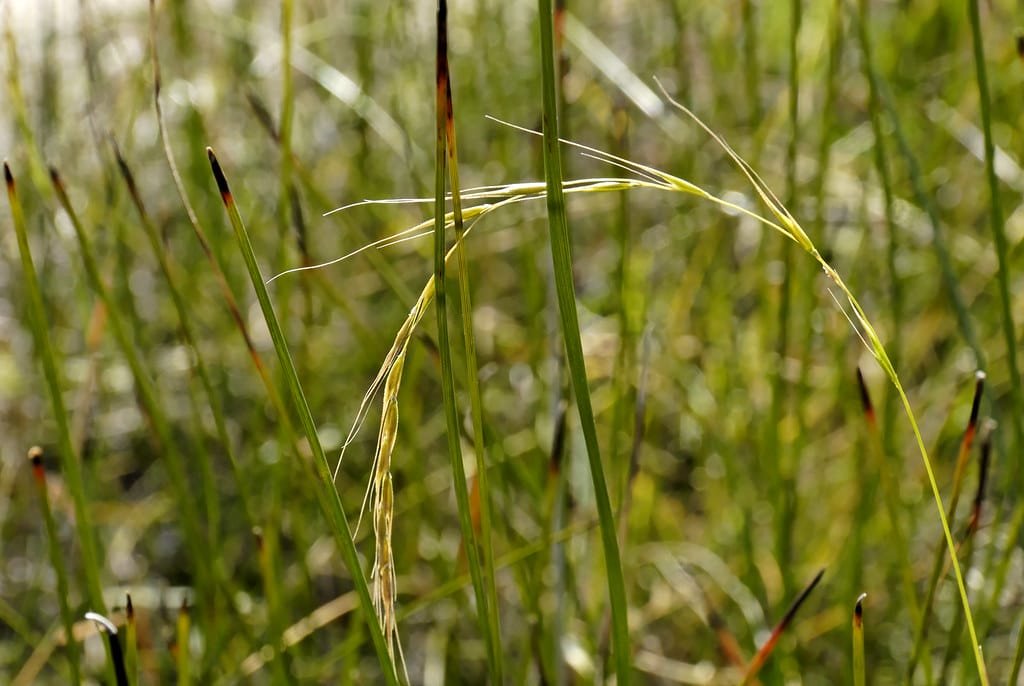Microlaena stipodes
What is Microlaena stipodes?
Microlaena stipodes, or weeping grass, is a native Australian, low-growing perennial grass with narrow green leaves. It's great for groundcover or low-traffic lawns, and tolerates drought and partial shade.
Description
A small slender grass, usually with nodding spikelets. Ground cover in nature.
Height
15cm – 50cm
Flowering
Winter - Spring
Flowers
Lime green glumes
Landscape Use
Revegetation. Good coloniser in shady areas along creeks and rivers. Ideal native lawn. Low maintenance. Cool Season Grass.
More info about Weeping Grass
Microlaena stipoides, also known as Weeping Grass, is a perennial grass native to Australia, New Zealand, and several Pacific islands. It is a common species found in a variety of habitats including grasslands, woodlands, and wetlands.
Here are some key points about Microlaena stipoides:
Growth habit: Microlaena stipoides grows in clumps, with slender, upright stems reaching a height of about 50-80 cm (20-31 inches). The leaves are narrow and green in color, with a drooping or "weeping" appearance. The plant produces small, inconspicuous flowers and seeds.
Ecological importance: Microlaena stipoides is an important food source for a variety of native and introduced animals, including sheep, rabbits, and wallabies. It is also an important component of grassland and wetland ecosystems, providing cover and habitat for small animals and insects.
Management: Microlaena stipoides is generally not considered to be a problem species and is not often targeted for control. It can be managed through grazing or mowing, or by removing the plant manually.
Uses: Microlaena stipoides is used for forage and pasture, as well as erosion control and landscaping. It is also used in revegetation projects and for stabilizing disturbed areas. It is popular for use in wetland restoration projects due to its tolerance of wet soils.


